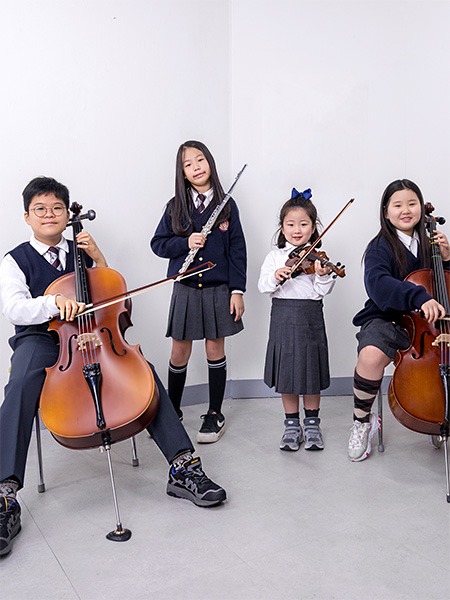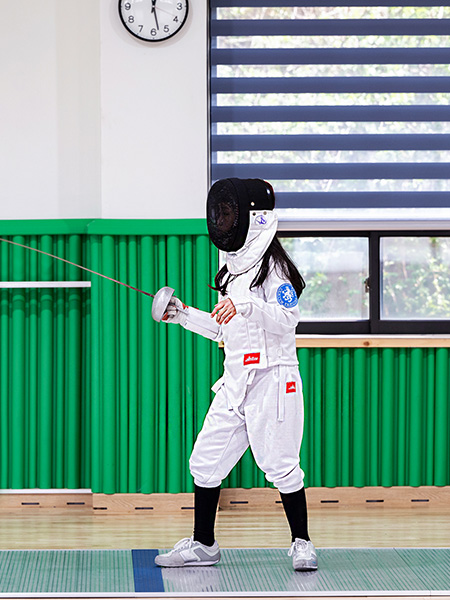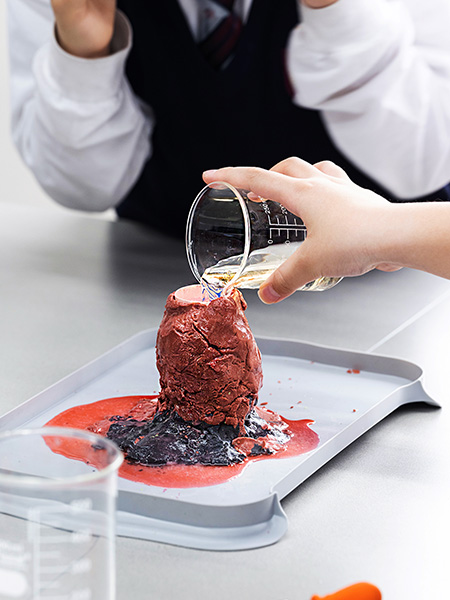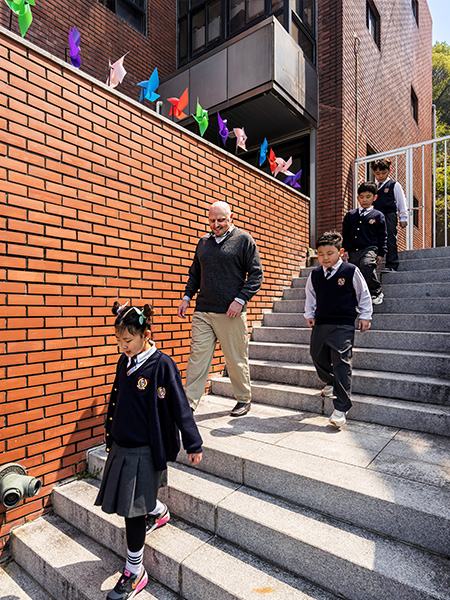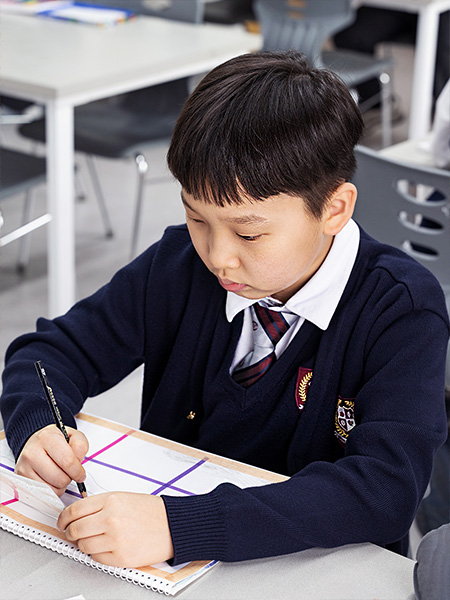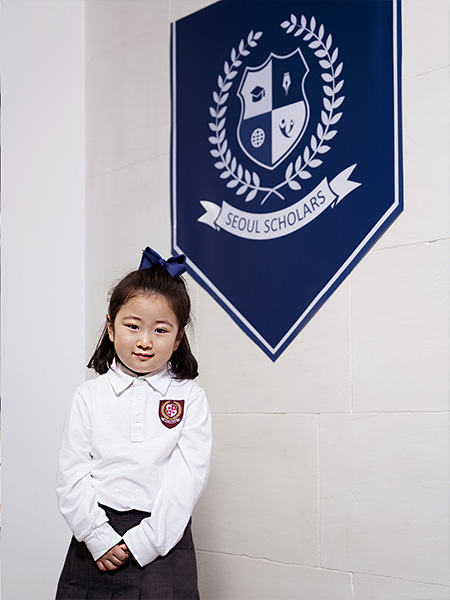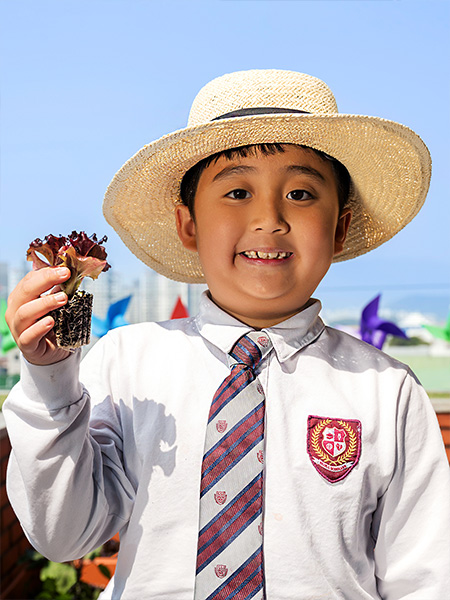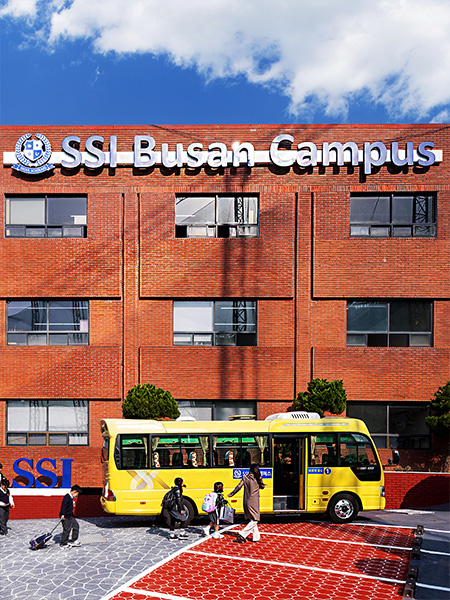Elementary School
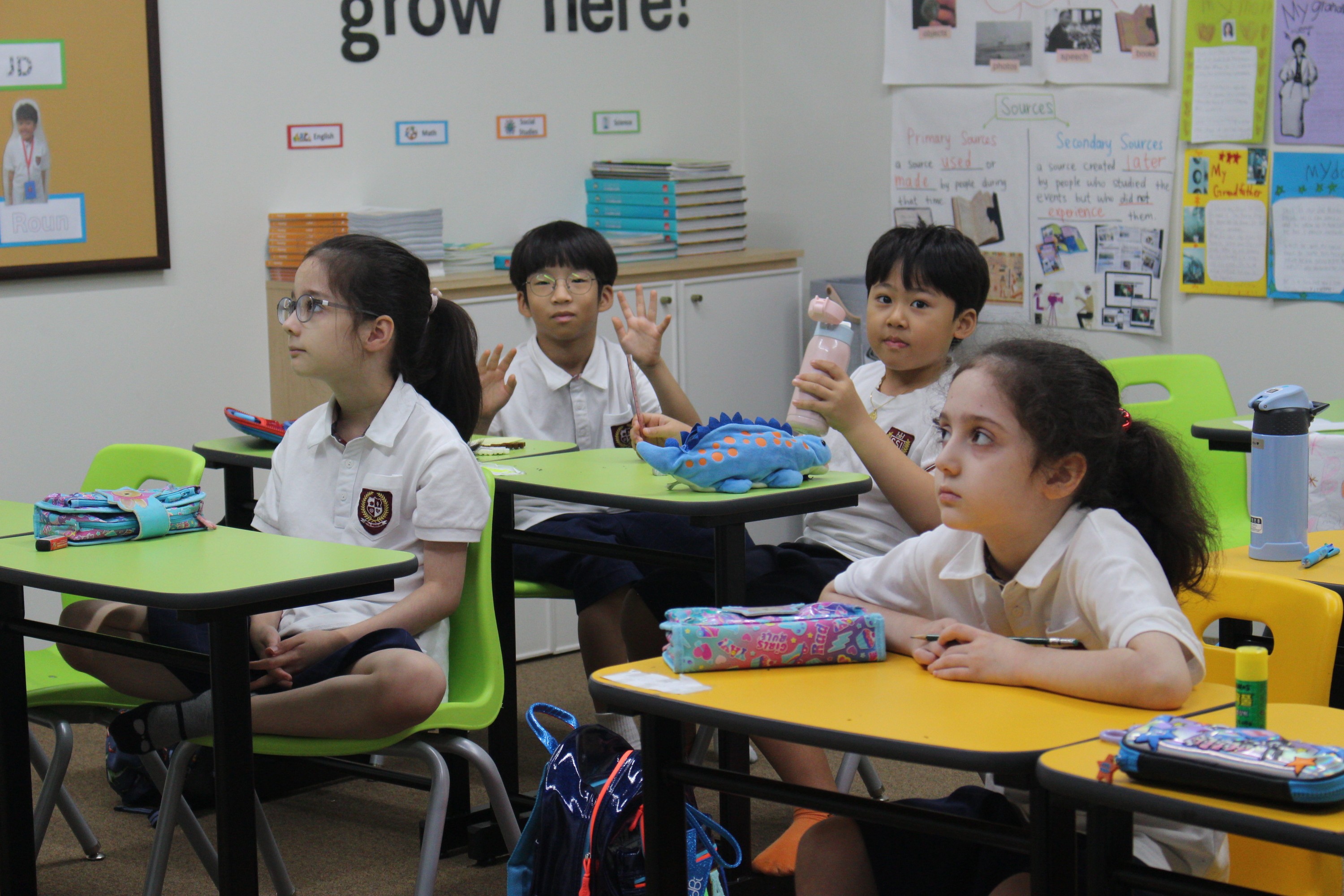
Core Curriculum
Philosophy: Bonding
Our academic process encompasses childhood education, utilizing appropriate practices to build basic but essential social communication skills, and encourage success and independence in our youngest group of students.
Academic Engagement
Our program accredited by COGNIA and NIPSA is designed to approach true childhood education and place-based principles. We believe our classrooms and outdoor activities are the third education providers while they cater to the various learning styles through hands-on, project-based activities.
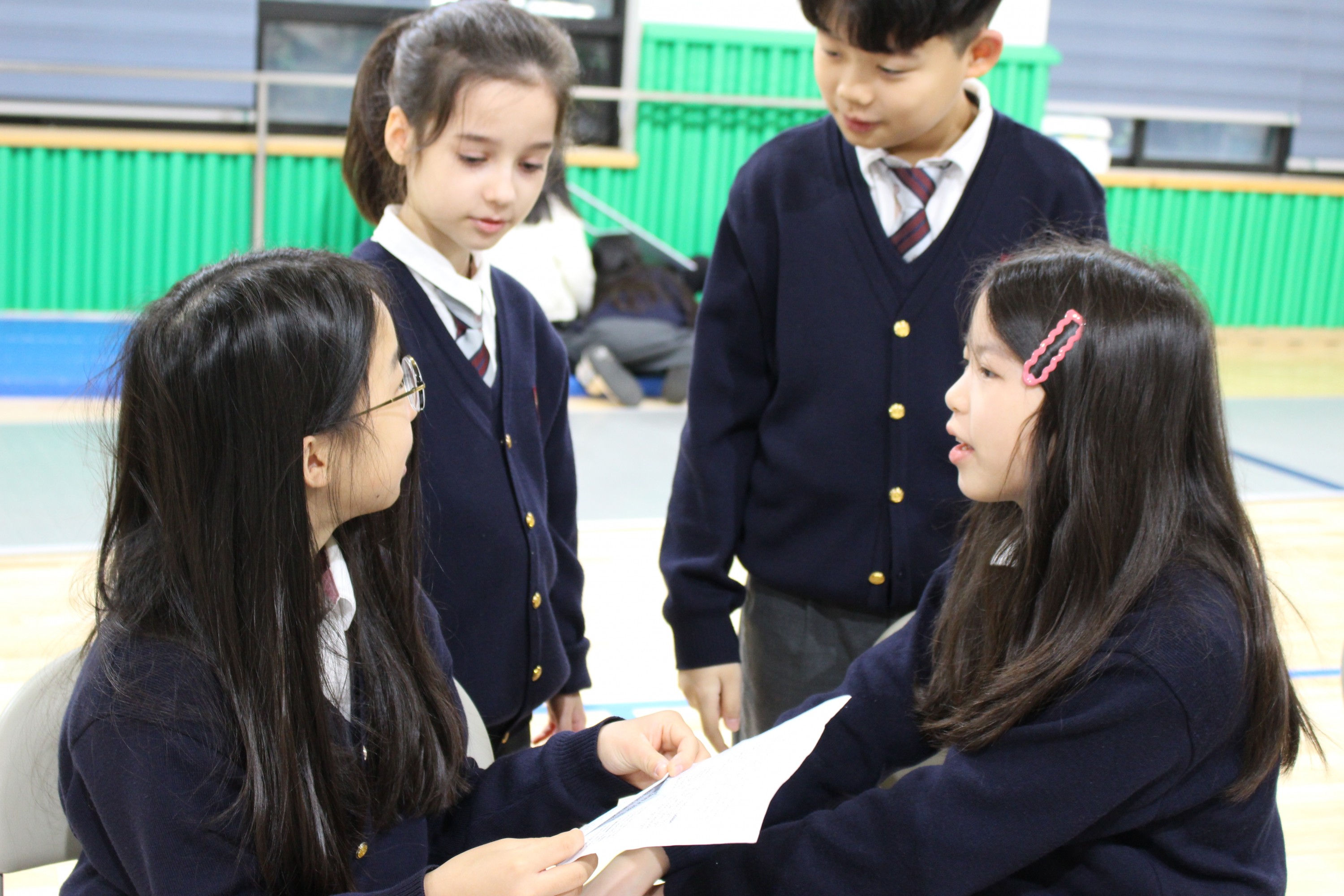
Enrichment
It is for all students in their home classrooms. Through a variety of assignments based on individualized performance during classes, teachers create academic environments for students to share any ideas with each other on a deeper level. Students also have affluent opportunities to participate in various after school enrichment clubs.
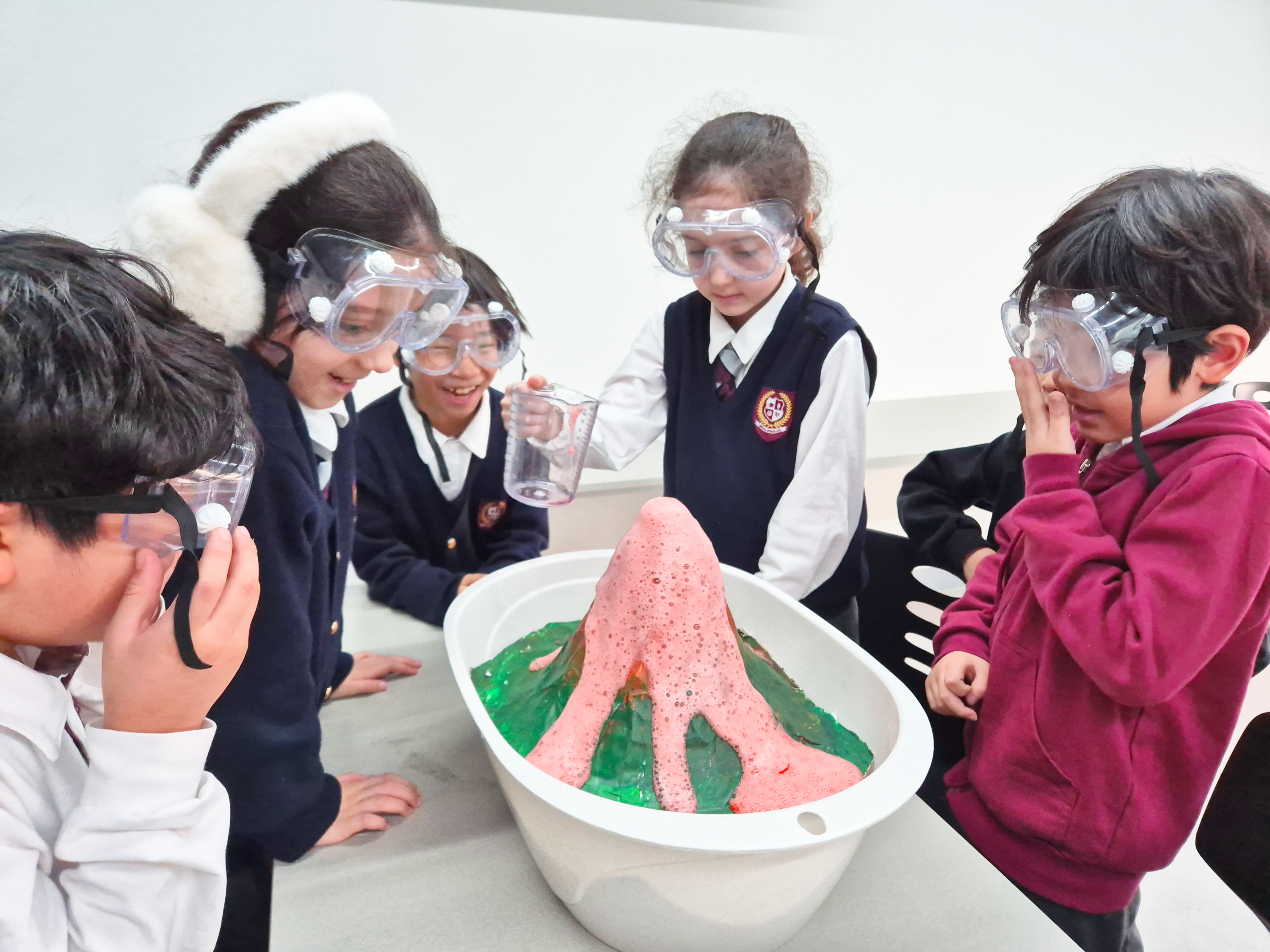
Character Development
We focus on improving social-emotional skills. Students can learn about how to keep relationships with their peers healthy and resolve conflicts among them through problem-solving and restorative practices.
Community Focus
A true academic community starts with the classroom in which students are. As students get closer to their peers and teachers, we connect with our campuses, including but not limited to, natural resources for their learning such as our small garden and cultural heritage sites.
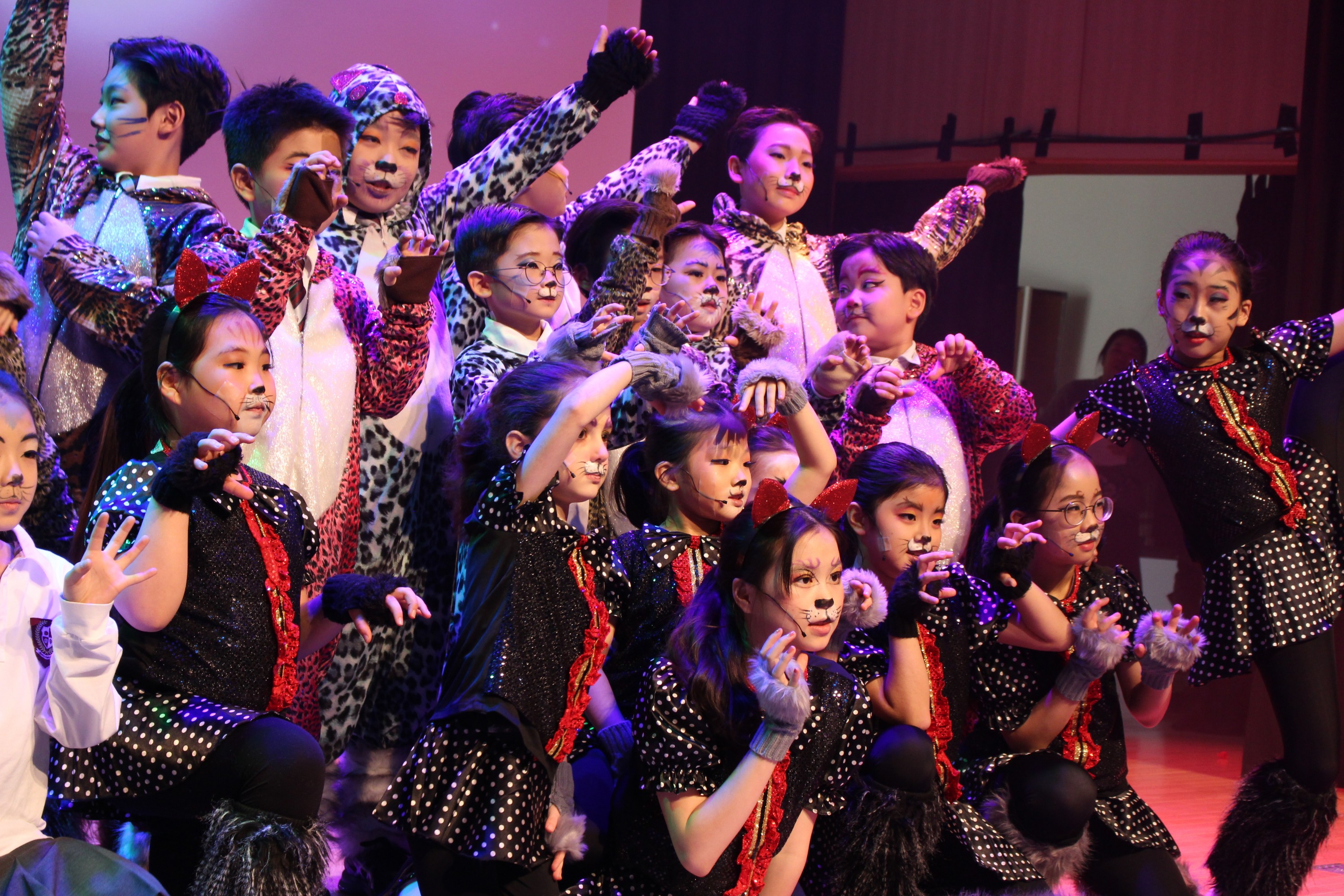
SSI Busan Campus
Elementary School Classroom
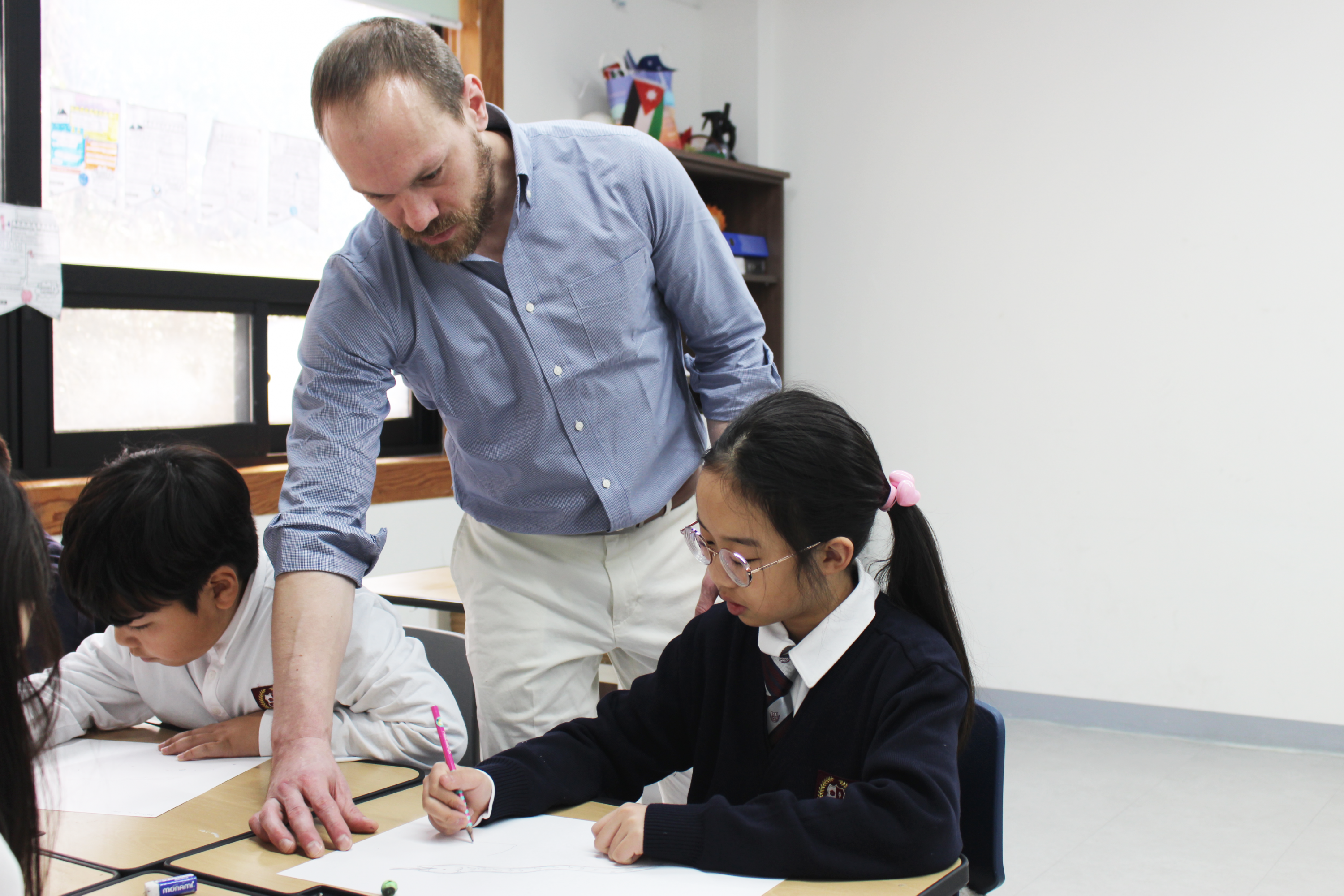
Louis Cherpes
Grade 4 Homeroom Teacher
At SSIBC, students are fully immersed in the English language.
Everything from classes to afterschool activities to interactions with teachers and peers is conducted in English. As students are solidifying their mastery of various subjects, they are also expanding their understanding of vocabulary, grammar, and sentence structure in English.
Richard Lee
Art Teacher
My curriculum is a multi-disciplinary approach to art education based on visual art programs taught in North American post-secondary schools. Students learn a variety of art subjects which include drawing, painting, design and 3D studies, that are combined as interrelated components of a comprehensive visual arts program.
English


ES English
Elementary English courses cover reading, writing, grammar, and speaking / listening skills. Students learn reading foundational skills, comprehension strategies, and the five components of reading (phonemic awareness, phonics, comprehension, vocabulary, and fluency) through engaging text and interactive learning. Primary students (First-Second Grade) focus on phonics, while intermediate students (Third-Fifth Grade) explore more complex text and vocabulary. Grammar skills are taught and applied in writing lessons. Writing compositions include informative, narrative, and opinion pieces.
Integration across content areas allows for exploration of various topics, and each grade level has an adventure theme to encourage student learning.
ES Reading
Elementary reading is the most important and fundamental essential element in children's education, and it greatly helps cultivate reading habits. Everyday at school, students get to choose books they want to read and do fun activities and quizes to improve comprehension skills.Through individualized reading instruction, students awaken the joy of reading while receiving guidance and feedback from their homeroom teachers, which greatly helps improve their English proficiency.
Math


The early stages of mathematics education consist of deep, broad, and STEM-based courses.
Students are taught much more than the mere "how to" of simple arithmetic ; they are asked to write the steps of each problem on their own and to learn how they arrived at the correct solution, which helps develop critical thinking skills. In addition, the class links mathematics to everyday situations and past experiences by making considerable use of partner and small-group activities. Hands-on activities and explorations are given throughout the elementary level. Teachers build fact power through daily oral practice, conceptual activities, and games, while always encouraging the use and sharing of multiple strategies when solving problems.
Social Studies


An elementary social studies curriculum provides students with the fundamental elements of geography, history, civics, and economics, while also introducing the three branches of the U.S. government. It highlights past civilizations and reflects on how those societies have influenced our modern culture, politics, social norms, and institutions. To engage students, hands-on activities are provided that encourage critical thinking, effective communication, and the asking of meaningful questions through unique, student-centered activities. This approach motivates elementary school students to learn more about different cultures and the history of places around the world. The ultimate goal is to enable students to understand past and current events, actively participate in their community, and make informed decisions about the world around them.
Science


Elementary school science classes cover a range of activities in physics, chemistry, biology, and environmental science. Our curriculum includes projects that allow students to interact spontaneously during class and engage with experiences and materials that support innovative learning. Science is introduced to promote the use of all senses for developing fundamental skills and to explore the world in an enjoyable and captivating manner. Through collaborative project-based learning, students build, test, and reason together in science classes.This approach provides a platform for students to enhance their scientific knowledge and improve their literacy, mathematical, and technological skills.
ART & PE


ES Art
Art enables students to develop a keen awareness of their surroundings and express their emotions and thoughts in a creative manner. Rather than simply replicating what they see, students are encouraged to express their ideas through diverse art techniques and communicate their creative concepts using the language of art. The objective is to enhance students' mental well-being and overall holistic development through a wide range of artistic activities. The program emphasizes active engagement in artistic endeavors and the cultivation of healthy self-expression.
ES PE
The SSIBC Physical Education (PE) program offers students the chance to participate in a range of exercises and activities that promote a harmonious link between fitness and health. Within PE, we prioritize safe physical activities that boost cardiovascular endurance, muscular strength endurance, flexibility, rhythmic locomotor and non-locomotor movement patterns. Moreover, we incorporate cooperative games to improve communication and collaboration skills, as well as inclusive activities that allow students to develop leadership abilities and face challenges.
Exchange Program


SSI Busan Campus offers an exchange program for current students to the University of Toronto. Students gather from various countries to conduct classes. Classes are divided into by English skills, assign the best dormitory within the University of Toronto so that they can live and attend various activities. Details will be announced later.
Gallery
